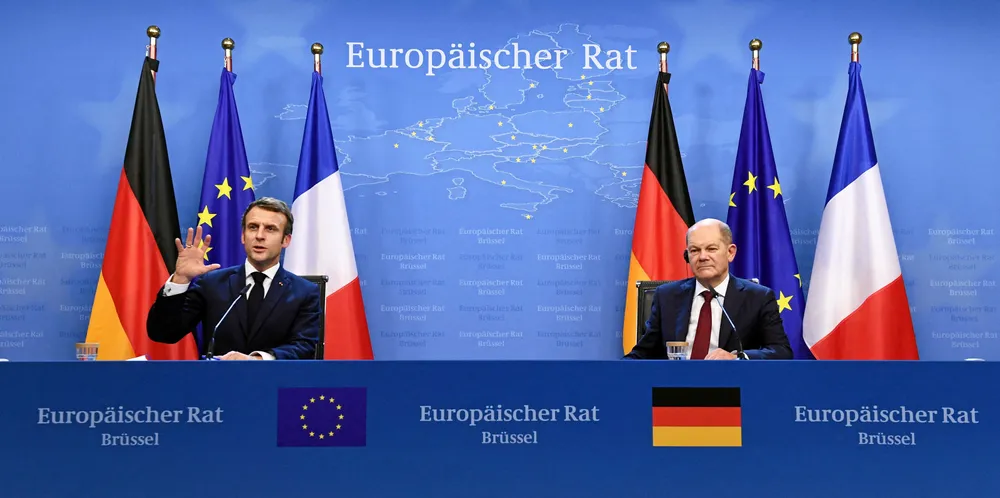EU’s renewables and green hydrogen legislation held up by ministerial 'disagreement' over nuclear H2
Progress of critical Renewable Energy Directive grinds to a halt as nation states clash over exemptions to green H2 targets

Progress of critical Renewable Energy Directive grinds to a halt as nation states clash over exemptions to green H2 targets
